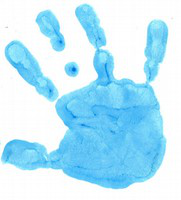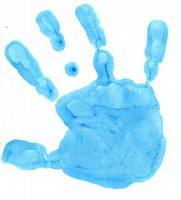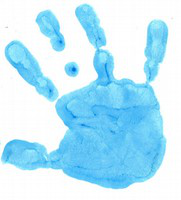Retrieved fromblue bay model policies blue bay early learning centre
|
Certificate III in Early Childhood Education and Care | ||||
|---|---|---|---|---|---|
|
________________ |
|
|||
| ________________ | |||||
|
|||||
Student Declaration
I declare that this assessment is my own work and where my work is supported by documents from my workplace placement/employer permission has been granted.
|
|
|||
|---|---|---|---|---|
|
||||
| Result of Assessment: |
|
|||
| Support behaviour of children and young |
|---|
The assessment tasks within this unit provide you with the opportunity to demonstrate evidence of the
required knowledge and skills to apply strategies to guide responsible behaviour of children and
Element 2 Use positive support techniques
Element 3 Observe and collect data to assist with development of appropriate strategies for
Assessment Requirements
001: A Quality Care Learning Environment
006: Observe Behaviour, Collect Data, Plan and Support

Indicates where a question is being asked
Indicates where a student response is required
Kearns, K. (2017). Birth to Big School: (4th ed.). Cengage Learning.
Refer to Chapter 4: Socialising
d-
f
Autism Spectrum Australia (ASPECT). (2009). What is Autism? [Fact Sheet]. Retrieved from
British Columbia Family Child Care Association. (2005). Creating a Child Care Environment for Success. Retrieved from
Manitoba Child Care Program. (n.d.). Best Practices for Guiding Behaviour. Winnipeg, MB:
Manitoba Family Services and Housing. Retrieved from -
Retrieved from
Raising Children Network. (2011). Managing Attention Deficit Hyperactivity Disorder
Websites
Autism Spectrum Australia:
To complete this task you will need to read your text book:
Kearns, K. (2017). Birth to Big School: (4th ed.). Cengage Learning.
Australian Children’s Education and Care Quality Authority. (2018). National Quality Standard
and Assessment and Rating .ACT: Commonwealth of Australia
|
|
|
| |
|---|
Quality Area 3 of the National Quality Standard focuses on the physical environment. The physical environment is critical to contributing to children’s wellbeing, creativity and developing independence, providing a diverse range of experiences that promote children’s learning and development, keeping children safe and creating/organising spaces to reduce the risk of injury.
iii. Resources and materials carefully chosen by Educators, that can be used in multiple ways, and challenge children in play and leisure, encourage children
iv. Children take increasing responsibility for their own health, hygiene and personal care when they can choose what they do. Educators need to provide a secure
To complete this task you will need to read your text book:
Kearns, K. (2017). Birth to Big School: Working in Children’s Services (4th ed.). Cengage Learning.
British Columbia Family Child Care Association. (2005). Creating a Child Care Environment Retrieved from
Department of Education and Children’s Services. (2004). Supporting and Managing trieved from
|
|---|
To assist you with these tasks refer to the readings:
|
|---|
Children’s behaviour is influenced by a variety of contextual factors. Understanding these factors and the ways in which they can impact upon behaviour is crucial to effectively supporting children.
| Children’s Developmental Level, Learning Style and Behavioural Expectations | |
|
|
Educators working in Children’s Services need to provide positive, supportive techniques and
|
|||
|---|---|---|---|
|
|
||
|
|||
interactions with the children. |
|||
|
|||
|

Some Environment Factors include:
| |
|
| | | |||
|---|---|---|---|---|---|---|---|
| | |
|
|
|
| ||
| No clear guidelines | |||||||
| |
|
|
|
| | ||
| | |
|
|
||||
| encouragement for |
It is nearly morning tea time in the 2 – 3 year old room of a children’s service. One Educator is conversing It is nearly morning tea time in the 2 – 3 year old room of a children’s service. One Educator is conversing
|
|---|
List two developmental skills that children need to be able to manage transitions and routines effectively?
Self-help skills
Initiative/motivation
| - |
|
|
|---|---|---|
| - |
|
|
| - |
|
|---|
touching others. Two of the younger girls in the group are talking and laughing. The story is continually touching others. Two of the younger girls in the group are talking and laughing. The story is continually
|
| - | ||
|---|---|---|
| - |
| - | ||
|---|---|---|
| - | ||
| - |
|
| - | ||
|---|---|---|
| - | ||
| - |
|

|
|---|
|
|---|
|
|---|
What would be a more effective strategy to use which would support Hayden and Joel to
Strategies
|
|---|
Refer to Chapter 8: Learning to Get Along with Others






